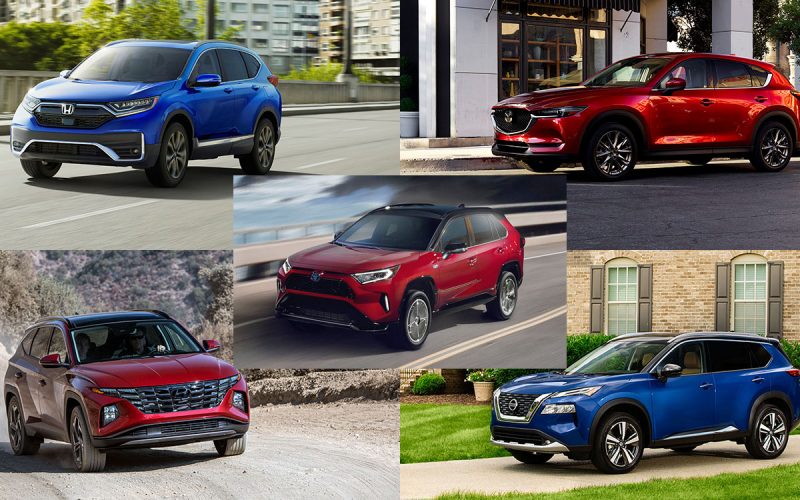
Reading Time: 12 minutesThere’s no hotter segment in today’s car market than the compact crossover SUV. Having started in
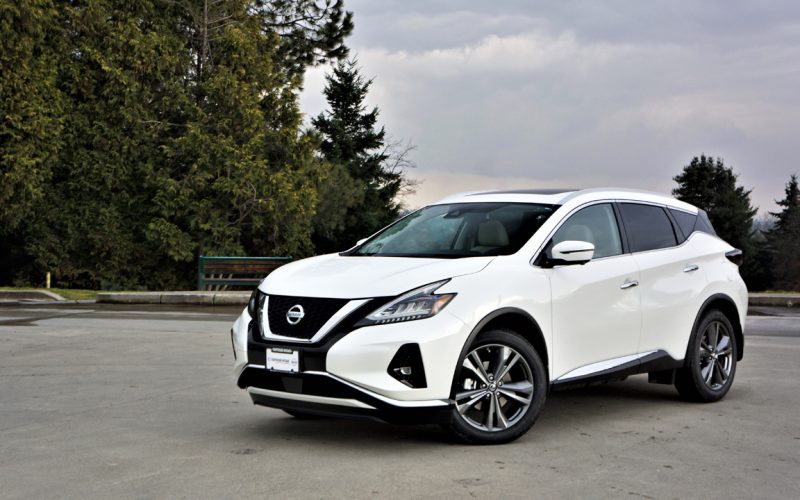
Reading Time: 17 minutesThe Murano has been with us for a long time, at least as far as crossovers
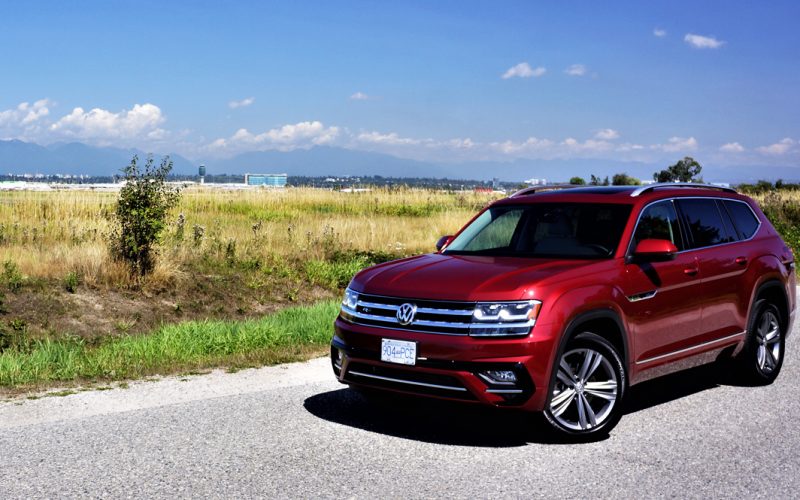
Reading Time: 12 minutesThe health crisis has caused mayhem in many industries, and while the auto sector hasn’t been
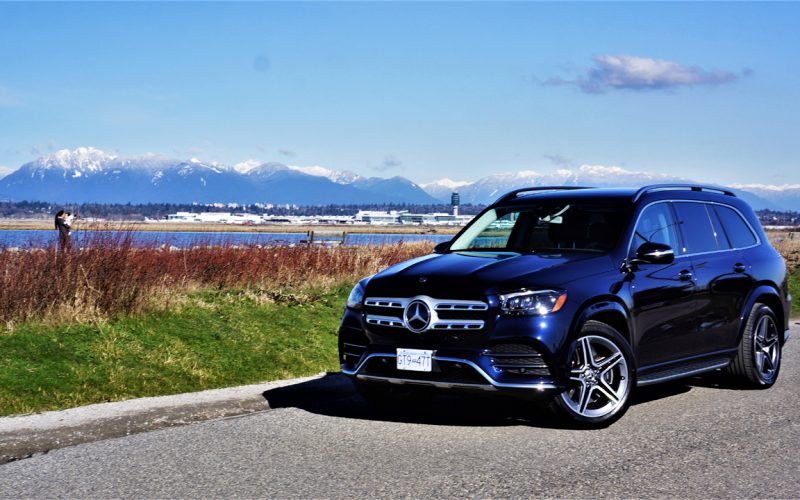
Reading Time: 11 minutesI hate to admit that with each passing year adapting to new things takes more time.
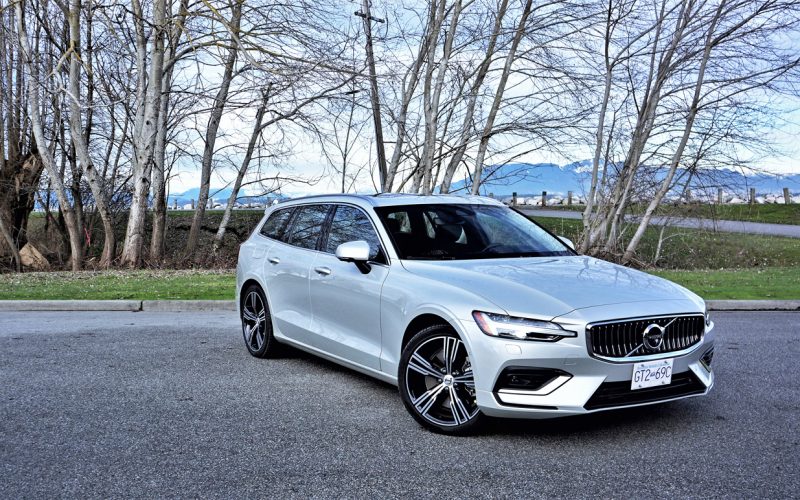
Reading Time: 11 minutesIf you think the auto industry has given up on cars and is only relying on
© 2025 The Car Magazine. All Rights Reserved, Privacy Policy | Terms of Use